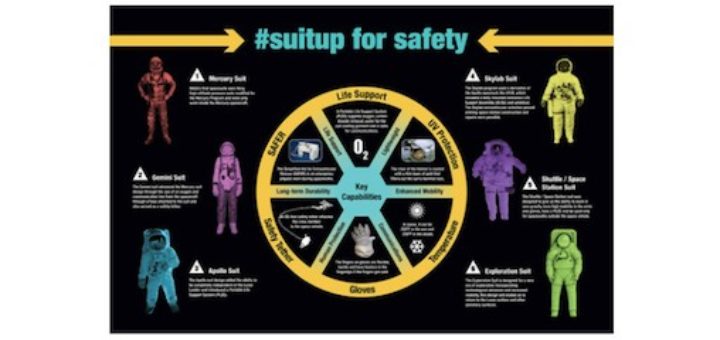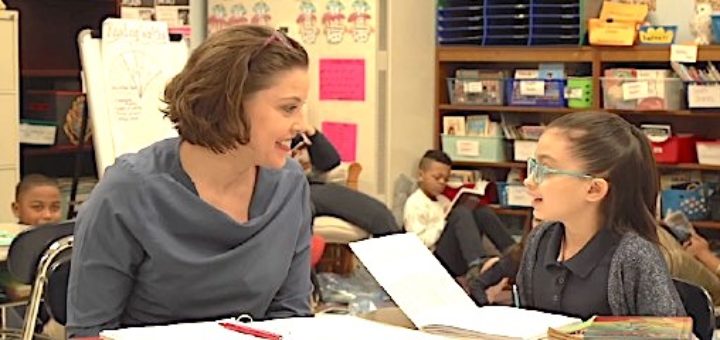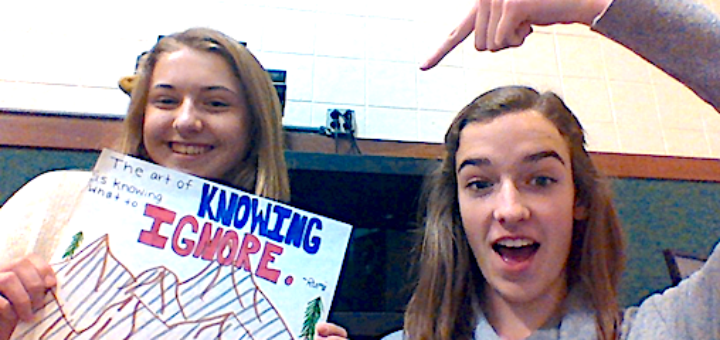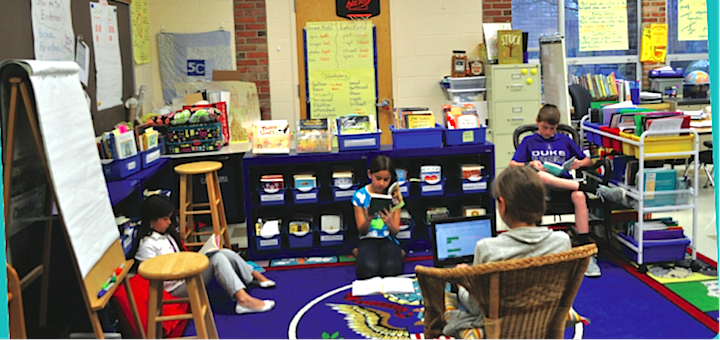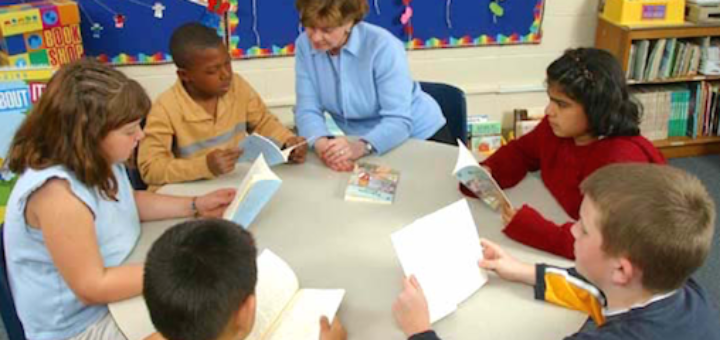Help Students Get the Most Out of Infographics
While infographics can be engaging, students may not access the content in a way that leads to deeper understanding. Using NASA images, literacy consultant Sunday Cummins shares four ways to help readers create pathways for sticky learning from this type of resource.

